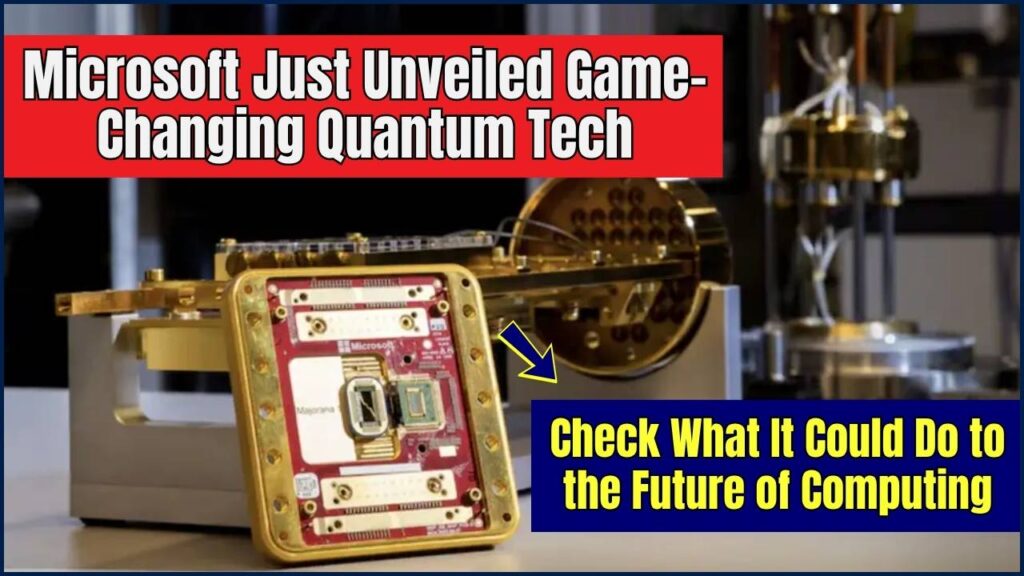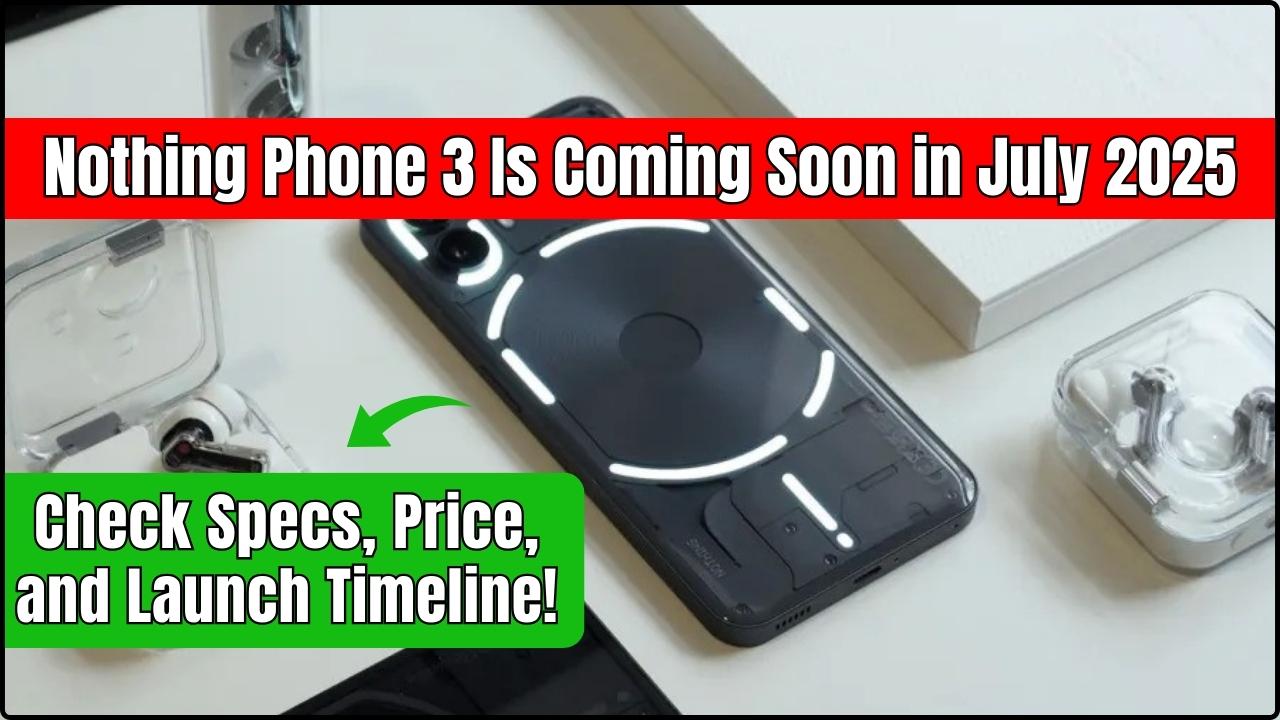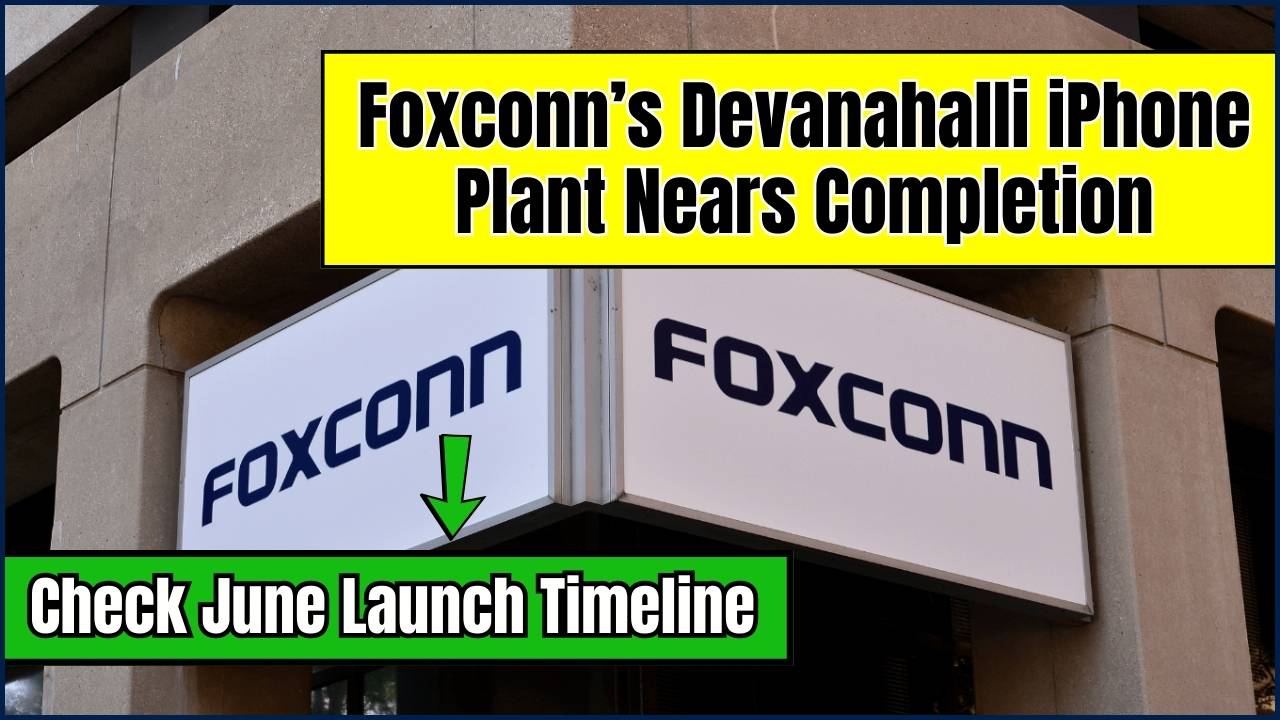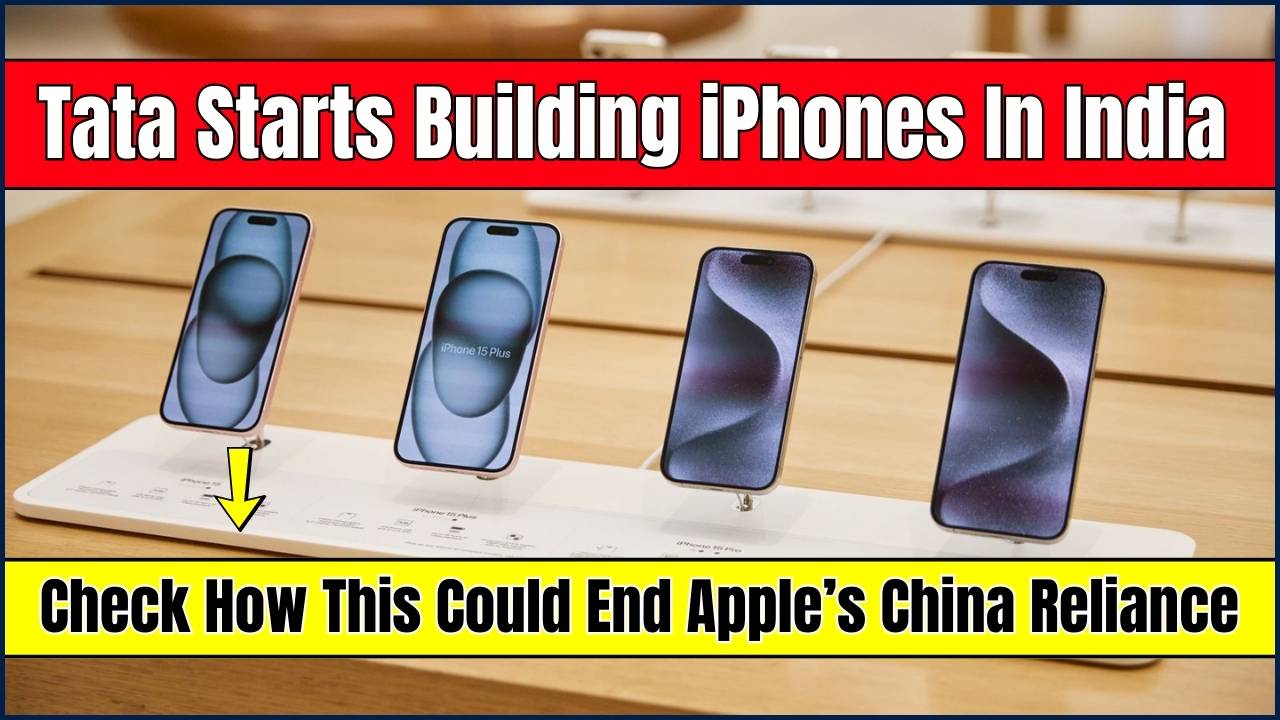Game-Changing Quantum Tech: In a move that’s got the tech world buzzin’, Microsoft just dropped a bombshell on the future of computing with its announcement of a quantum chip called Majorana 1. If that name sounds like something out of a Marvel movie, you’re not wrong—this thing is science fiction come to life. But don’t worry, we’re breaking it all down for you in a way that’s clearer than a Kansas sky.

With this new breakthrough, Microsoft has taken a leap ahead of the quantum pack. We’re talking about the first-ever quantum processor using topological qubits, the kind that don’t flinch in the face of errors. That might not sound wild yet, but buckle up—this could mean massive leaps in medicine, cybersecurity, climate science, and artificial intelligence. It’s not just a lab thing anymore. This chip has the potential to hit real-world applications in everything from defense to finance and even weather prediction.
Game-Changing Quantum Tech
| Key Info | Details |
|---|---|
| Technology | Majorana 1 Quantum Processor |
| Unique Feature | World’s first use of topological qubits |
| Qubit Stability | Highly stable, error-resistant qubits |
| Scalability | Designed to handle up to 1 million qubits on a 10cm chip |
| Microsoft Platform | Part of the Azure Quantum ecosystem |
| Major Applications | AI, cybersecurity, climate modeling, pharma, logistics, finance, agriculture |
| Official Announcement | Microsoft Quantum Blog |
Microsoft’s Majorana 1 chip is a moonshot that just might land. With its reliable, scalable quantum computing approach, it could reshape everything from drug development to climate prediction. While there are still hurdles to cross, this tech is no longer a pipe dream—it’s a roadmap to the future.
And here’s the deal: the companies, nations, and developers that jump on this quantum train now will be the ones steering the future. The rest? They’ll be playing catch-up.
If you’re not keeping tabs on quantum yet, now’s the time. Because ready or not, the quantum era is knocking on the door.
What Is Microsoft’s Majorana 1 Chip?
Alright, let’s break it down. The Majorana 1 chip is a quantum processor, but not your average kind. Unlike traditional quantum computers that use delicate qubits prone to errors, this chip uses topological qubits, which are much more stable.
These qubits are built using exotic particles called Majorana zero modes. Yeah, it sounds like something from Star Trek, but it’s very real science. They allow information to be stored in a way that’s inherently protected from outside noise, meaning less error correction and more reliable computation.
This chip is part of Microsoft’s decade-long investment in quantum technologies. Majorana 1 represents a culmination of years of research and collaboration with top physicists, engineers, and computer scientists. According to Microsoft, this chip could unlock computational capabilities that surpass every classical supercomputer ever built.
Why Is This a Big Deal?
Let’s say you want to simulate a new drug to cure cancer. A classical supercomputer would take months or even years. A quantum computer using stable qubits like the ones in Majorana 1? It could do it in hours.
The tech also promises to blow open the doors in cryptography. Right now, your bank passwords and data are protected using encryption. But once quantum computers go mainstream, most of today’s encryption will become obsolete—unless we evolve fast. And this chip? It’s a giant step in that direction.
On top of that, quantum computers could change the game in real-time problem solving. Imagine emergency services routing resources during natural disasters using predictive quantum models. Or think about financial institutions forecasting markets with insane precision.
How Topological Qubits Work (Without the Jargon)
Think of regular qubits as balancing on a tightrope. Even a small breeze can throw them off. But topological qubits are like tightrope walkers with safety nets and guard rails. They hold their state better, which is a huge deal for engineers trying to scale these machines.
What makes topological qubits especially cool is that they’re less sensitive to noise—electrical, magnetic, and even cosmic interference. Traditional qubits need tons of error correction to work. Topological qubits reduce that overhead dramatically, which means more power with fewer resources.
Microsoft says the design is scalable enough to eventually host 1 million qubits on a chip that could fit in your hand. That’s like packing a supercomputer into something the size of a peanut butter sandwich.
What Can This Technology Do?
Here’s where it gets exciting. Quantum computing powered by this chip could radically change:
Drug Discovery
No more decades of trial and error. Quantum simulations could identify the best drug formulas in weeks, not years. Pharma companies could test thousands of compounds virtually before even touching a lab.
Cybersecurity
Today’s encryption is toast once quantum computers are mainstream. But with quantum-resistant encryption (already being tested), we can stay one step ahead of the bad guys. Microsoft is already working with partners on post-quantum cryptographic standards.
Artificial Intelligence
Quantum tech can handle vast, messy datasets way better than classical computers. Think self-driving cars that never crash, and AI doctors that catch illnesses earlier than humans. AI and quantum will become the ultimate tag team.
Climate Science
Want to stop climate change? Quantum modeling could predict environmental impacts with ultra-precision, helping us fix things faster. This could lead to breakthroughs in carbon capture, sustainable farming, and disaster forecasting.
Logistics and Supply Chains
Big retailers like Amazon and Walmart could optimize delivery networks in real-time, cutting down costs and emissions. It could also revolutionize manufacturing timelines, reduce waste, and improve energy usage.
Financial Modeling
Wall Street, listen up. Quantum computing could be used to model financial risk, simulate economic scenarios, and develop smarter trading algorithms that react in real-time to market shifts.
National Security and Defense
The implications for defense are enormous—from breaking codes to advanced simulations of combat environments. Quantum supremacy could become a matter of national strength.
Microsoft’s Game Plan with Azure Quantum
Microsoft isn’t keeping this tech in a lab forever. They plan to roll it out as part of their Azure Quantum platform. Developers, scientists, and companies will be able to access and test quantum apps, kinda like how you use cloud computing today.
Azure Quantum will serve as the backbone for this revolution, offering simulation tools, quantum development kits, and access to quantum hardware from Microsoft and partners like Honeywell and IonQ. It’s not just a chip—it’s a whole ecosystem.
They’re not alone either. Google, IBM, and others are chasing quantum dreams too, but Microsoft’s topological qubit strategy could leapfrog the others because it tackles the quantum error problem at its core.
The Science Backing It Up
For the skeptics out there, this ain’t vaporware. Microsoft has published its findings in the prestigious journal Nature, showing experimental proof of Majorana zero modes through interferometric measurements. That’s a fancy way of saying, “Yeah, we really did this.”
Plus, their work has been peer-reviewed and verified by respected physicists. It’s not just PR spin—it’s the real deal. Microsoft even teamed up with academic institutions and labs around the world to double-check their models and results.
The theoretical groundwork for topological qubits was laid over a decade ago, and Microsoft has been quietly pushing it forward, waiting for the right moment to go public. That moment has arrived.
What’s Next for Microsoft Quantum?
Microsoft is aiming to build a utility-scale quantum computer by the end of this decade. That means not just a prototype, but a machine people can actually use to solve real problems.
To get there, they’ll need to:
- Scale up the number of qubits
- Keep error rates ultra-low
- Develop better quantum software tools
- Build out a quantum developer community
- Provide education and training to ensure mass adoption
But with the Majorana 1 chip, they might actually pull it off before 2030. Experts predict we may see early utility applications in quantum cloud services within the next five years.
Frequently Asked Questions About Game-Changing Quantum Tech
Q1: What makes the Majorana 1 chip different from IBM or Google’s quantum chips?
A: Microsoft uses topological qubits, which are inherently more stable and less error-prone than the superconducting or trapped-ion qubits used by competitors.
Q2: Can I use quantum computing today?
A: Kinda. Through platforms like Azure Quantum, you can simulate and test quantum algorithms even without owning a quantum computer.
Q3: Will quantum computers replace classical computers?
A: Not exactly. Quantum computers will work alongside classical systems to solve problems that are too complex for traditional machines.
Q4: How close are we to commercial quantum computers?
A: Still a few years out. But breakthroughs like Majorana 1 show that we’re moving faster than expected.
Q5: What should businesses do to prepare?
A: Start exploring quantum-safe encryption, adopt hybrid classical-quantum solutions, and invest in quantum literacy across your tech teams.
Q6: Will quantum computing create jobs?
A: Absolutely. We’ll need quantum engineers, physicists, software developers, ethicists, and more. It’s a whole new tech frontier.











